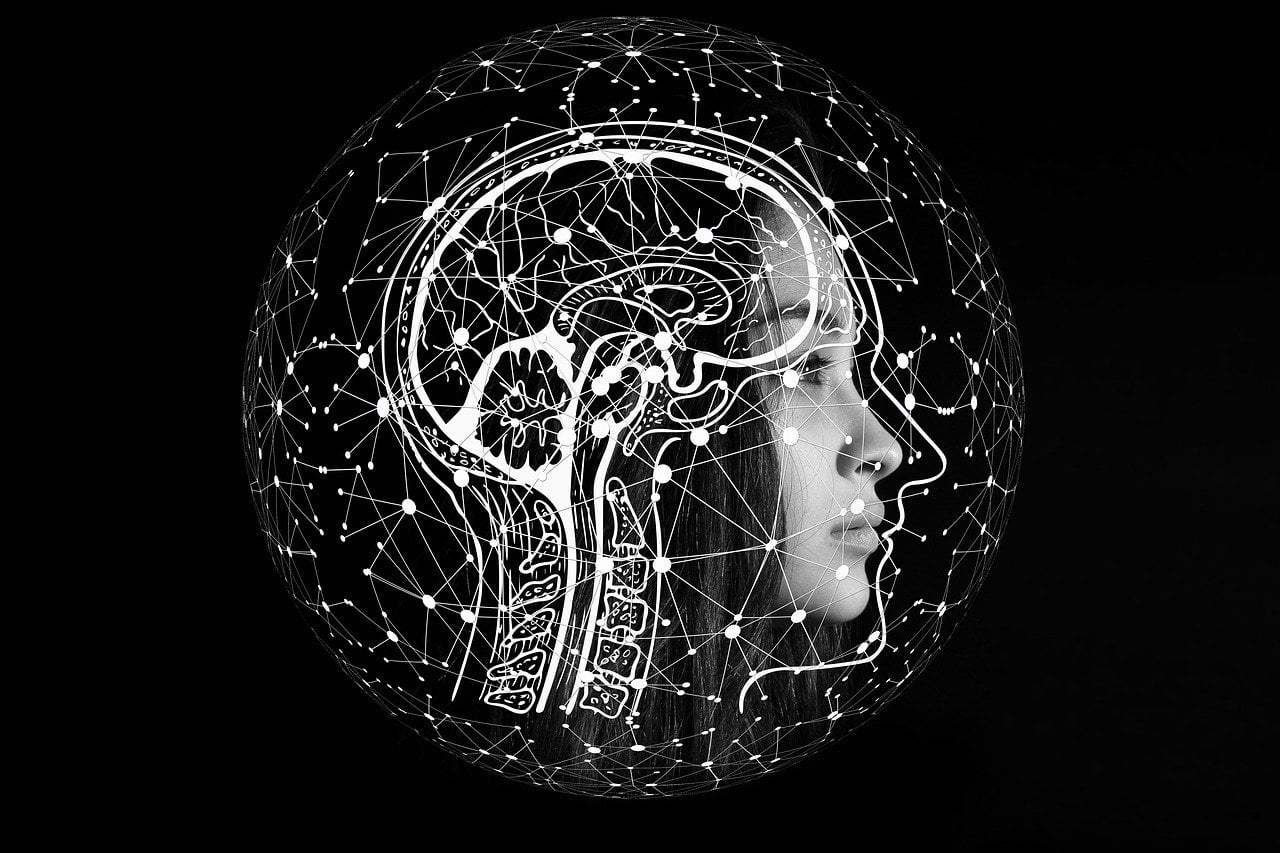Can We Think Without Language? Exploring the Evolution and Impact of Language on Human Thought
The question of whether we can think without language is a fascinating and complex one, touching on fields like cognitive science, philosophy, and linguistics.
Thinking Without Language
Exploring the concept of thought without language delves into the intricate interplay between cognition and linguistic capability. Cognitive science, psychology, and philosophy have long debated whether humans can engage in thought processes devoid of language. Notably, several theories affirm the existence of non-verbal thinking, positing that individuals can think through visual imagery, sensory experiences, and abstract reasoning.
Visual thinking, for instance, allows individuals to process and manipulate visual information, facilitating problem-solving and creativity without verbalization. This form of cognition is evident in activities such as spatial navigation and artistic creation, where mental imagery plays a crucial role. Sensory experiences further contribute to non-verbal thought by enabling individuals to interpret and respond to their environment through senses like touch, smell, and hearing. These sensory inputs can evoke memories, emotions, and reactions that occur independently of linguistic processing.
Moreover, abstract reasoning, which encompasses logical and mathematical thinking, often transcends the boundaries of language. Complex problem-solving and scientific reasoning can occur through symbolic and conceptual understanding that does not necessarily rely on words. Emotions and instincts also play significant roles in thought processes. Emotional responses, such as fear or joy, can shape decision-making and behavior without necessitating verbal articulation.
Notable thinkers and researchers offer diverse perspectives on this subject. Philosopher Ludwig Wittgenstein argued that language is the framework within which thoughts are formed, suggesting that complex thought is inextricably linked to linguistic capability. In contrast, cognitive scientist Steven Pinker posits that the mind operates through a “mentalese” language, an innate, non-verbal mode of thought that precedes linguistic expression. These contrasting viewpoints underscore the ongoing debate about the necessity of language for complex thought.
Ultimately, while language undoubtedly enriches and expands cognitive capabilities, evidence from various disciplines indicates that humans possess the capacity for rich, multifaceted thought processes that extend beyond linguistic constraints.
Human Thought Before the Advent of Language
The cognitive landscape of early humans before the advent of structured languages is a subject of profound curiosity. Archaeological and anthropological evidence offers a glimpse into pre-linguistic human cognition, suggesting a complex interplay of gestures, facial expressions, and primitive sounds as fundamental components of early communication and thought.
Studies of ancient hominid remains and artifacts indicate that early humans possessed a robust capacity for symbolic thinking even before the emergence of structured language. Tools and cave art, for example, reflect a certain level of abstract thinking and problem-solving skills. These artifacts suggest that early humans could conceptualize and plan their actions without relying on sophisticated language systems.
Gestures likely played a pivotal role in early human communication, serving as a bridge between mere instinctual behaviors and the development of language. Anthropologists posit that hand signals, body movements, and facial expressions were integral in conveying intentions, emotions, and information among early human groups. This non-verbal communication would have been essential for coordinating group activities such as hunting, gathering, and social bonding.
Primitive sounds and vocalizations also formed a part of the pre-linguistic communication toolkit. These sounds, possibly resembling the vocal expressions observed in primates today, could convey a range of meanings from danger alerts to expressions of social cohesion. The gradual refinement of these vocalizations might have laid the groundwork for the phonemic structures of later languages.
Social structures and survival needs significantly impacted the evolution of early human thinking. The necessity to cooperate for hunting, gathering, and protection against predators demanded sophisticated social interactions and cognitive strategies. This interplay of social and survival pressures likely spurred the cognitive advancements that eventually led to the development of structured language.
In essence, the pre-linguistic era of human thought was marked by rich and multifaceted cognitive processes, deeply intertwined with the social and environmental contexts in which early humans lived. The evolution of language can thus be seen as a natural progression from these early forms of communication and thought.
The Development and Evolution of Language
The development and evolution of language is a multifaceted phenomenon that has intrigued scholars from various disciplines, including linguistics, archaeology, and anthropology. Tracing the origins of language requires delving into the intricate timeline of human history, where early forms of communication gradually transitioned into the complex languages we recognize today.
One of the earliest milestones in the evolution of language is the use of symbolic communication. Evidence suggests that hominins, our early ancestors, began using symbols and rudimentary forms of communication over 2 million years ago. This period saw the emergence of gestures, vocalizations, and the use of objects as symbols, laying the groundwork for more sophisticated forms of linguistic expression.
As human societies evolved, so did their need for more complex communication systems. Around 100,000 to 50,000 years ago, what is often referred to as the ‘Great Leap Forward,’ marked a significant period in linguistic development. This era saw the appearance of more structured languages, possibly influenced by the development of cognitive abilities and social structures. During this time, the capacity for abstract thinking and the use of syntax and grammar began to take shape, enabling more nuanced and effective communication.
Theories about the first language, such as the Proto-Indo-European language, offer insights into how early languages might have evolved. Proto-Indo-European is hypothesized to be the common ancestor of many modern languages spoken today. Linguistic reconstruction techniques have allowed researchers to infer aspects of this ancient language, providing a glimpse into the linguistic landscape of our ancestors.
Defining a ‘first’ language is complex, as it involves criteria such as the presence of grammar, syntax, and a lexicon. These elements collectively distinguish language from mere communication systems found in other species. Insights from archaeology, like cave paintings and artifacts, and anthropology, such as the study of social interactions in early human groups, further enrich our understanding of how language evolved.
In summary, the development and evolution of language is a dynamic process driven by the interplay of cognitive, social, and environmental factors. The journey from primitive symbols to complex languages underscores the profound impact of linguistic capabilities on human thought and societal advancement.
The Advantages of Language and Modern Linguistic Development
Language has been a pivotal force in the evolution of human civilization, serving as a cornerstone for communication, cultural development, and technological progress. The advent of language enabled early humans to move beyond basic gestures and sounds, fostering intricate social interactions and the transmission of complex ideas. This fundamental shift facilitated the development of societies and cultures, as individuals could now share knowledge, traditions, and innovations across generations.
One of the most significant advantages of language is its ability to enhance cognitive processes. Language allows for abstract thinking, enabling humans to conceptualize and articulate ideas that go beyond immediate physical experiences. This capacity for complex thought is crucial for problem-solving, planning, and collaboration, driving advancements in various fields, from science and engineering to art and literature.
Moreover, language has been instrumental in the development of technology. Written language, in particular, has allowed for the documentation and dissemination of knowledge, ensuring that discoveries and inventions are preserved and built upon. The ability to record information has led to cumulative cultural and technological progress, with each generation benefiting from the accumulated wisdom of its predecessors.
In the context of modern linguistic development, certain languages have emerged as particularly influential. English, for example, is widely regarded as a global lingua franca, spoken by millions as a first or second language. Its prevalence in international business, science, and technology underscores its role in shaping global communication. Mandarin, with its vast number of native speakers, is another powerful linguistic force, driving cultural and economic exchanges across Asia and beyond. Similarly, Spanish has a significant cultural impact, particularly in the Americas, where it serves as a primary or secondary language for a large population.
These languages, among others, have not only facilitated communication but also fostered cultural exchange and technological integration. By enabling people from diverse backgrounds to collaborate and share ideas, language continues to be a driving force in human progress. As we move forward, the interplay between language and thought will undoubtedly remain a central theme in understanding the complexities of human civilization.
Thank you for reading this post, don't forget to subscribe!











